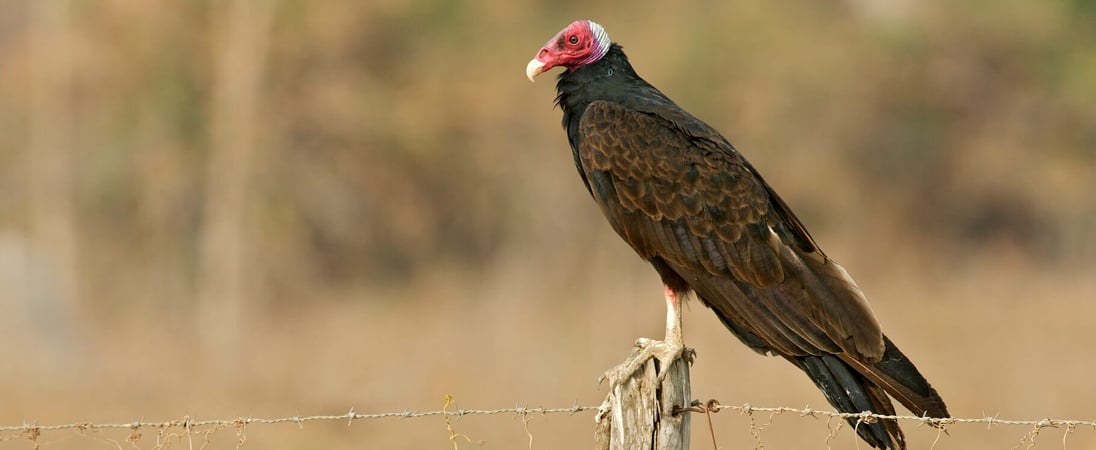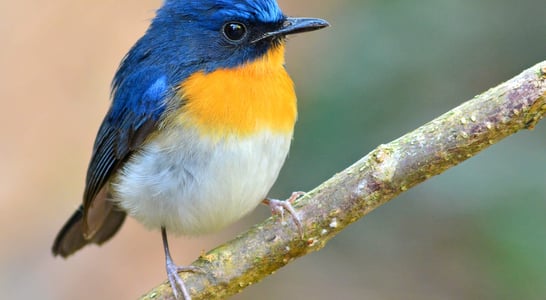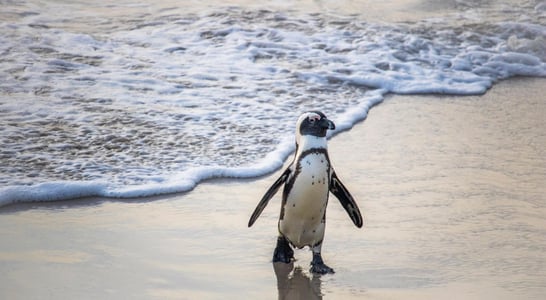
Buzzards Day
Gracefully soaring high above, this majestic bird is a master of the skies, captivating observers with its effortless flight and keen eyesight.
With the coming of spring, many people tend to celebrate the warmth of the season in a variety of ways. For some folks, spring brings with it an interesting (albeit also rather quirky) pastime: bird watching.
Certain extremely avid birdwatchers, however, are not interested in just any birds. These special bird watchers are particularly enthralled by watching the buzzards return on their long trip back from their migration to the south during winter.
The commemoration of this day is Buzzards Day, a day that celebrates the long return of these birds to their nesting grounds during the beginning of spring each year. Buzzards, often found in North America, Scandinavia, and even the Mediterranean, are a species of vulture protected by the Migratory Bird Treaty Act of 1918 in the United States.
How to Celebrate Buzzards Day
Learn More About Buzzards
If you’re interested in learning more about the buzzard, then take the time to research some engaging facts about these scavengers and share them with your friends.
Here are some fun facts about buzzards to get started with:
-
This type of bird has a bald, red head and dark feathers. Its feet are more reminiscent of chicken feet than of other scavenger birds.
-
Turkey vultures have an extremely strong sense of smell, allowing them to detect a food source from more than a mile away, which is rare in the world of birds.
-
As scavenger birds, these buzzards are the only ones of their kind that don’t actually kill their own prey. They rely on their sense of smell to find a source of food. But they are rather particular and will not eat food that has been dead for more than 12-24 hours.
-
The nickname “buzzard” for turkey vultures may be a bit misleading. While using the same word, the turkey vultures celebrated on Buzzard Day are considered a completely different species than the buzzards that are found in Britain and Western Europe, as those buzzards are actually predatory and kill their own prey.
Vultures, such as buzzards, are protected because removing birds such as scavengers can have cascading impacts within an ecosystem and may even have a negative effect on human health.
For the most part, the particular buzzards related to this day make their homes in the border areas of Canada and the northern United States during the warmer months, and then tend to migrate in colder months to warmer climates in places such as South America and the Caribbean.
History of Buzzards Day
Because turkey vultures are also migratory birds, Buzzards Day is specifically celebrated for their return near the beginning of spring every year.
The holiday is specifically celebrated in the state of Ohio. In particular, the northeastern Ohio town of Hinckley, of all places, has a local history connected to these often under-appreciated scavengers.
In 1957, Walter Nawalaniec, a patrolman for Cleveland Metroparks, told reporter Robert Bordner of the Cleveland Press and local historian, Miss Eunice Morton of Richfield, that he had tracked the birds’ appearance on this very same date in March for the past six years.
While he knew that the buzzards returned at around the same time each year, he thought it uniquely interesting that they came back on the exact same calendar day–even during Leap Year!
As the news spread that year, over 9,000 visitors came to see the buzzards fly into the area the following spring. It is now believed that these birds have been coming to the state of Ohio over the past 150 years. The buzzards seem to like the area due to its rocky ridges, open fields, and forests, which makes it an ideal place for breeding for these birds to breed.
Buzzards Day fans tend to enjoy the day by having hot pancakes and sausages, a standard breakfast food, which is a tradition set forth by the Chamber of Commerce as a way to greet these birds and celebrate the first coming of spring.
While the breakfast meal now overlaps with the March 15 return of the buzzards, back in 1957 it was originally set to occur on the Sunday after this date. However, due to the popularity of tourists, this Chamber of Commerce breakfast meal now happens on Buzzards Day.
But if there’s some question about it, it also might not hurt to have a sausage and pancake breakfast on both days: March 15 and the Sunday following!
Buzzards Day FAQs
How did the term “buzzard” come to refer to turkey vultures in the United States?
Early European settlers in North America saw large, soaring birds and thought they resembled buzzards (hawks) back home.
They mistakenly called these birds “buzzards,” though they were actually turkey vultures.
In the U.S., “buzzard” often refers to turkey vultures, while in Europe, it denotes hawks. This misnomer persists today.
What unique behaviors do turkey vultures exhibit that are often misunderstood?
Turkey vultures have an extraordinary sense of smell, rare among birds, to detect carrion even when hidden.
They also practice “urohidrosis,” defecating on their legs to cool down and kill bacteria.
Both behaviors help them thrive in their scavenging role, but many misunderstand or find these behaviors unusual.
Are there any myths or superstitions associated with buzzards?
In various cultures, buzzards symbolize different things. Some see them as omens of death due to their scavenging nature, while others view them as symbols of renewal because they cleanse the environment by eating decaying animals.
These mixed views reflect how buzzards can evoke both dread and respect.
What role do buzzards play in the ecosystem that might surprise people?
Buzzards, especially turkey vultures, act as nature’s cleanup crew. Their stomach acids can neutralize harmful bacteria in decaying animals, helping to prevent the spread of diseases.
This role is crucial, yet people often overlook or misunderstand how vital they are for maintaining a healthy ecosystem.
Are there any notable historical events involving buzzards?
In 1818, the “Hinckley Hunt” in Ohio led to the massive slaughter of wildlife. When spring arrived, buzzards came to feast on the remains.
This sparked an annual pattern, with buzzards returning each year, eventually inspiring a community tradition to honor them.
Are there any common misconceptions about buzzards?
Many people think buzzards circle dying animals, waiting for death. In reality, they use their sharp senses to find already dead animals and rarely target live ones.
This misconception contributes to their ominous reputation, though they are harmless scavengers.
How have buzzards been represented in art and literature?
Buzzards frequently symbolize decay or death in literature and art, but some Native American traditions depict them as symbols of purification and renewal.
This dual portrayal shows how buzzards’ scavenging role can inspire both dark and hopeful themes.
How do turkey vultures differ from other birds of prey?
Unlike hawks and eagles, turkey vultures mainly eat carrion, not live prey.
Their beaks and claws are adapted to tear flesh but lack the strength of a true raptor’s talons. They rely on their powerful digestive systems to handle harmful bacteria, setting them apart from other birds of prey.
What are some unique challenges turkey vultures face due to urban expansion?
As cities expand, buzzards face habitat loss and human-made hazards. Many are drawn to roadkill along highways but risk vehicle collisions.
In urban areas, they may also ingest toxic materials. These challenges highlight their vulnerability despite their adaptability.
Do buzzards have any unique adaptations for their scavenging lifestyle?
Turkey vultures have a bald head, which keeps their feathers clean when they feed on carrion.
Their strong immune systems protect them from bacteria that would harm most other animals. These traits make them uniquely suited to a scavenging lifestyle.
Also on ...
View all holidaysWorld Speech Day
From "I have a dream" to "Ask not what your country can do for you," speeches can inspire and change the world.
Pretzel Sunday
Pretzels, with their salty and twisty goodness, are a delicious way to enjoy a snack that can be delightfully basic or creatively complex.
World Contact Day
The mystery of UFOs continues to fascinate. With countless sightings and stories, we can't help but wonder: what else is out there?
Ides of March
The midpoint of the month, when historical twists remind us of the intrigue and unpredictability of life's twists and turns.
We think you may also like...
National Bird Day
Don your binoculars to spy these feathered friends in the wild, contribute to conservation efforts or raise awareness of birds in captivity.
National Save the Eagles Day
Guardians of the skies, these majestic creatures symbolize resilience and grace, reminding us of the importance of preserving their noble legacy.








